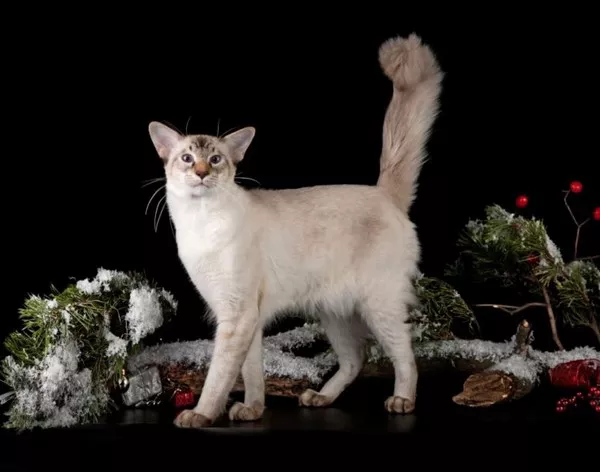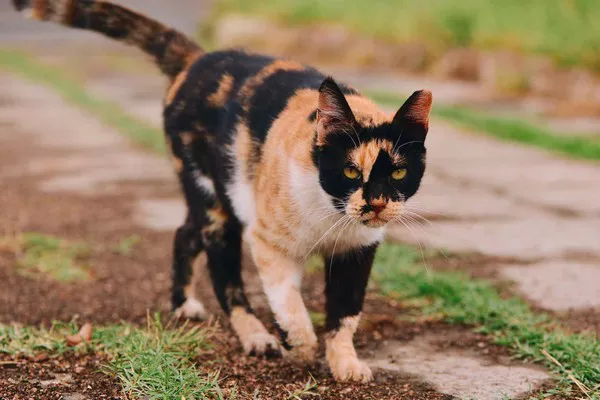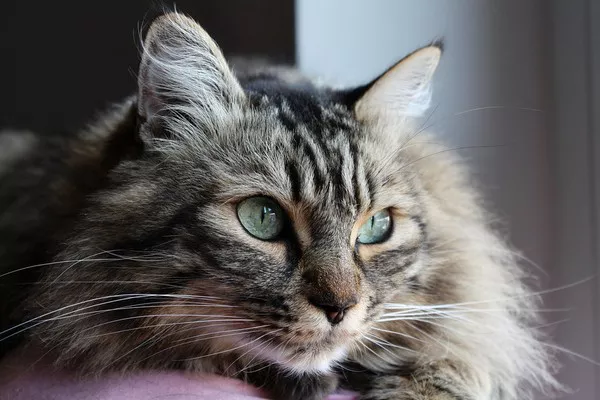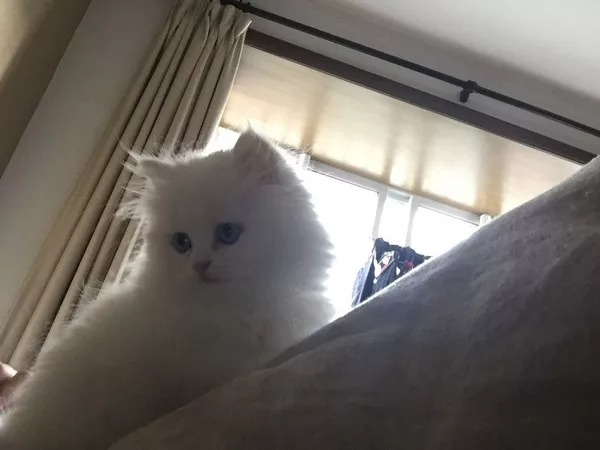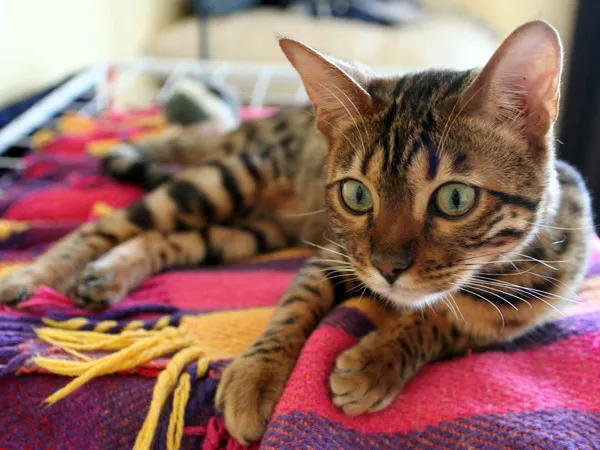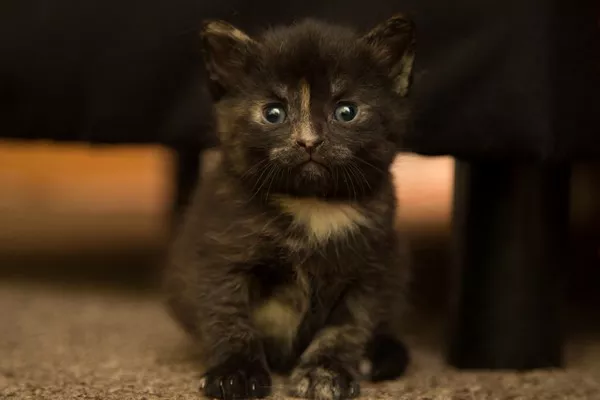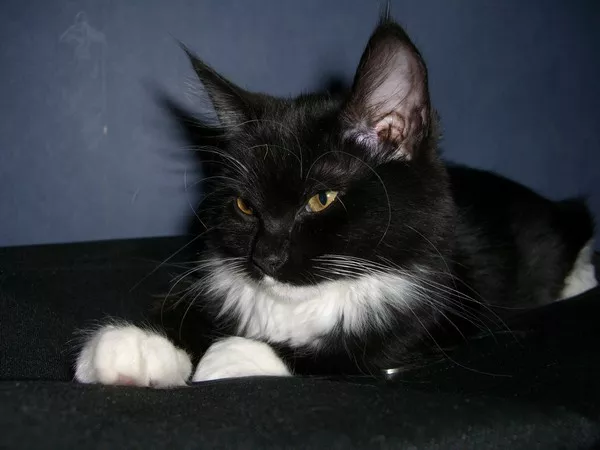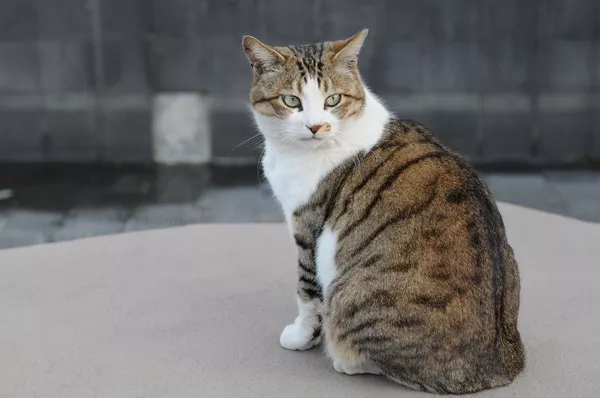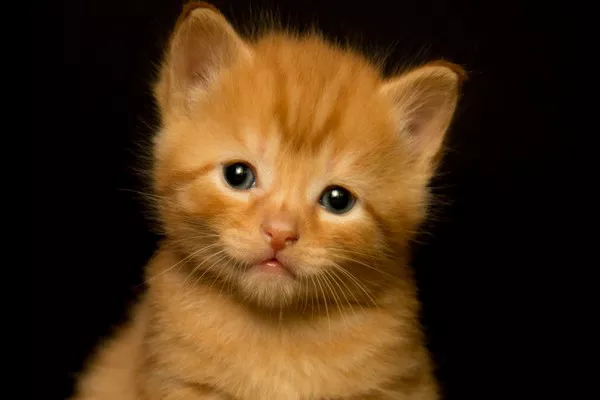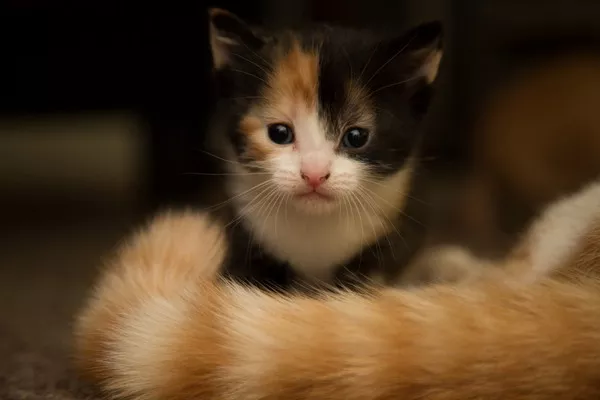For individuals with allergies who are passionate about having a feline companion, the search for hypoallergenic cats that don’t shed becomes a quest for the ideal furry friend. While no cat is entirely hypoallergenic, certain breeds are known for producing fewer allergens and shedding less. In this comprehensive guide, we’ll introduce you to five hypoallergenic cat breeds celebrated for their minimal shedding and compatibility with allergy-prone individuals. Discover the joys of a low-shedding feline companion that brings both affection and health considerations into your home.
Understanding Hypoallergenic Cats:
Hypoallergenic cats are not completely allergen-free, but they produce fewer allergens than other breeds. Allergens are proteins found in a cat’s saliva, urine, and dander, and it’s these proteins that trigger allergic reactions in sensitive individuals. Breeds that are considered hypoallergenic typically have coats that produce fewer allergens, making them a suitable choice for cat lovers with allergies.
5 Hypoallergenic Cats That Don’t Shed
1. Siberian Cat:
Origins and Appearance:
Siberian cats, known for their striking appearance and thick, luxurious fur, might seem an unlikely candidate for a hypoallergenic companion. However, their unique coat is believed to produce fewer allergens, making them suitable for some individuals with allergies.
Grooming:
Despite their long fur, Siberian cats require surprisingly minimal grooming. Regular brushing can help reduce loose hair and dander, contributing to a hypoallergenic environment.
Personality:
Siberians are renowned for their friendly and playful nature. They form strong bonds with their owners and are often described as dog-like in their loyalty.
2. Balinese Cat:
Origins and Appearance:
Balinese cats share their elegant appearance with the Siamese breed but with a long, silky coat. This breed is known for producing fewer allergens, making them a potential choice for individuals with allergies.
Grooming:
Regular grooming is essential for Balinese cats to prevent matting and reduce shedding. Their single, fine coat requires less maintenance compared to other long-haired breeds.
Personality:
Balinese cats are intelligent, vocal, and social. They thrive on human interaction and are known for their affectionate demeanor.
See Also: Are Balinese Cats Hypoallergenic?[Revealed!]
3. Cornish Rex:
Origins and Appearance:
The Cornish Rex stands out with its distinctive curly coat, large ears, and slender body. This breed is considered hypoallergenic due to its unique coat texture and minimal shedding.
Grooming:
Cornish Rex cats have short, curly fur that requires minimal grooming. Regular petting can help remove loose hairs and reduce the spread of dander.
Personality:
These cats are energetic, playful, and enjoy being the center of attention. Their outgoing nature makes them a delightful addition to households seeking an active companion.
4. Russian Blue:
Origins and Appearance:
Russian Blue cats are known for their striking blue-gray coat, vivid green eyes, and elegant physique. This breed is considered hypoallergenic due to its lower production of allergens.
Grooming:
Russian Blues have short, dense fur that requires minimal grooming. Regular brushing helps maintain their coat and reduces shedding.
Personality:
Russian Blue cats are typically reserved but form strong bonds with their owners. They are known for their intelligence and gentle demeanor.
5. Bengal Cat:
Origins and Appearance:
Bengal cats are known for their distinctive spotted or marbled coat, resembling that of a wild leopard. While not traditionally considered hypoallergenic, some individuals with allergies find Bengals more tolerable due to their short coat and minimal shedding.
Grooming:
Bengals have short, sleek fur that requires minimal grooming. Regular brushing helps remove loose hair and maintain their coat’s glossy appearance.
Personality:
Bengals are energetic, playful, and thrive on interactive play. They are known for their love of climbing and exploring, making them an entertaining addition to active households.
See Also: 4 Popular Breeds for Hypoallergenic Cats
Tips for Living with Hypoallergenic Cats:
Regular Grooming:
Despite their hypoallergenic qualities, regular grooming is essential to reduce loose hair and dander. Brushing your cat helps minimize shedding and keeps their coat in optimal condition.
Allergen-Reducing Products:
Invest in allergen-reducing products, such as air purifiers and furniture designed to minimize the accumulation of dander.
Consultation with an Allergist:
Before bringing a hypoallergenic cat into your home, consult with an allergist to assess your sensitivity to cat allergens.
Maintain a Clean Environment:
Regularly clean your home, including vacuuming carpets, washing bedding, and dusting surfaces, to minimize the presence of allergens.
Trial Period:
Consider spending time with a cat of the chosen breed before making a commitment. This allows you to assess your allergy response and compatibility with the specific breed.
Conclusion:
Choosing a hypoallergenic cat that doesn’t shed doesn’t mean compromising on the joys of feline companionship. The five breeds mentioned—Siberian, Balinese, Cornish Rex, Russian Blue, and Bengal—offer unique qualities and minimal shedding, making them potential options for individuals with allergies. As you embark on the journey of selecting the perfect hypoallergenic companion, consider factors such as grooming requirements, personality traits, and your own allergy sensitivity. With proper care and attention, these hypoallergenic feline friends can bring joy, companionship, and minimal allergen-related concerns into your home.

